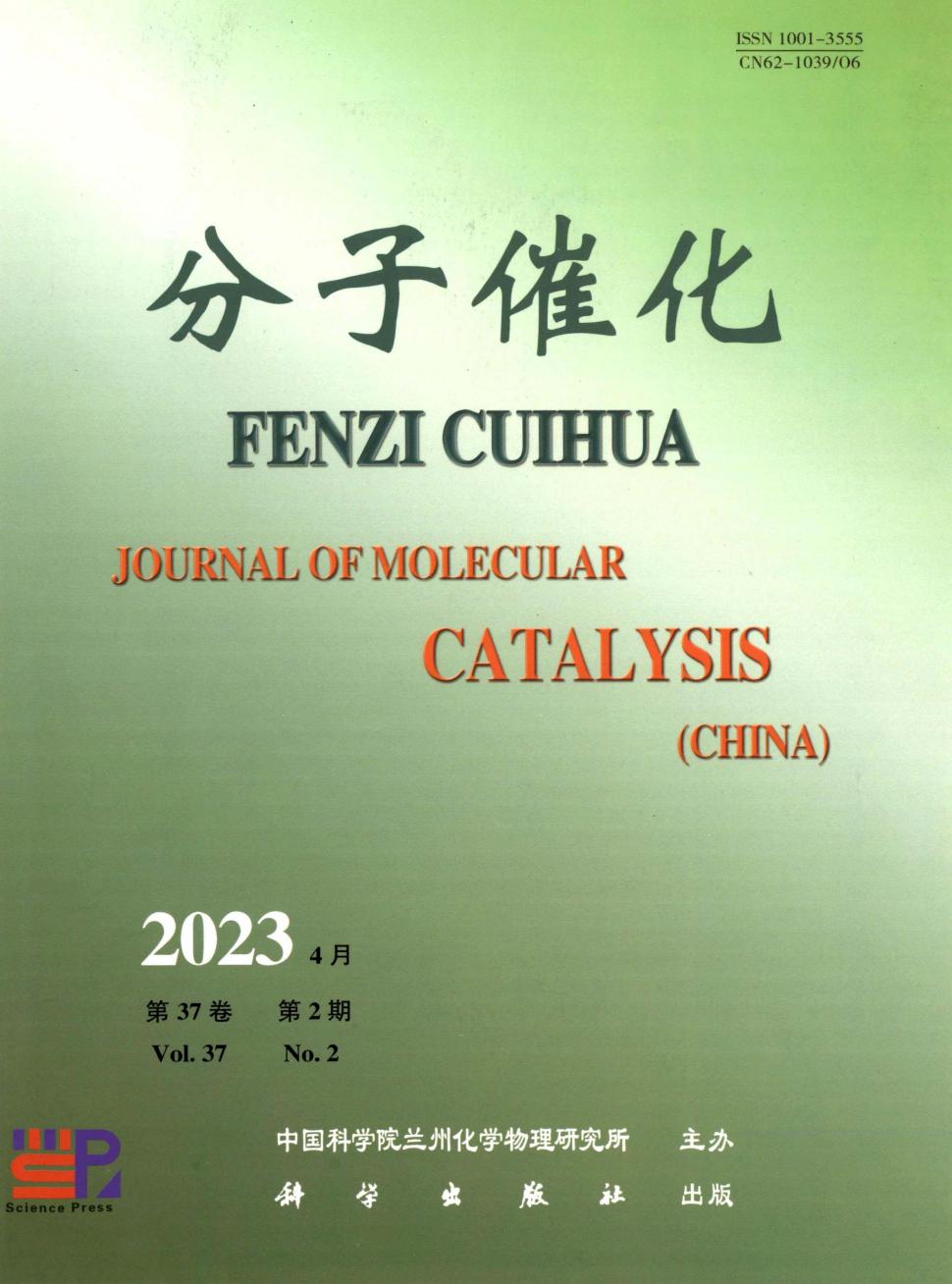光催化还原配位二氮制氨-单核与双核乙二胺四乙酸钌配合物
Q4 Chemical Engineering
引用次数: 5
摘要
利用发光Pt/CdS (λex= 505 nm)的导带电子,对单核端对二氮配合物[Ru (Hedta) N2]−和双核桥接配合物[Ru (Hedta)]2N2−2中的配位氮进行了还原实验。研究发现,单核端对络合物中的二氮更容易还原为氨。本文章由计算机程序翻译,如有差异,请以英文原文为准。
Photocatalytic reduction of coordinated dinitrogen to ammonia — mononuclear versus dinuclear ethylenediaminetetraacetato ruthenium complexes
Experiments were conducted aiming for the reduction of coordinated nitrogen in mononuclear end-on dinitrogen complex, [Ru (Hedta) N2]− and dinuclear bridged complex, [Ru (Hedta)]2N2−2 using the conduction band electrons of illuminated Pt/CdS (λex= 505 nm). It has been found that the dinitrogen in mononuclear end-on complex is more easily reduced to ammonia.
求助全文
通过发布文献求助,成功后即可免费获取论文全文。
去求助
来源期刊

分子催化
Chemical Engineering-Catalysis
CiteScore
1.50
自引率
0.00%
发文量
2959
期刊介绍:
Journal of Molecular Catalysis (China) is a bimonthly journal, founded in 1987. It is a bimonthly journal, founded in 1987, sponsored by Lanzhou Institute of Chemical Physics, Chinese Academy of Sciences, under the supervision of Chinese Academy of Sciences, and published by Science Publishing House, which is a scholarly journal openly circulated both at home and abroad. The journal mainly reports the latest progress and research results on molecular catalysis. It contains academic papers, research briefs, research reports and progress reviews. The content focuses on coordination catalysis, enzyme catalysis, light-ribbed catalysis, stereochemistry in catalysis, catalytic reaction mechanism and kinetics, the study of catalyst surface states and the application of quantum chemistry in catalysis. We also provide contributions on the activation, deactivation and regeneration of homogeneous catalysts, solidified homogeneous catalysts and solidified enzyme catalysts in industrial catalytic processes, as well as on the optimisation and characterisation of catalysts for new catalytic processes.
The main target readers are scientists and postgraduates working in catalysis in research institutes, industrial and mining enterprises, as well as teachers and students of chemistry and chemical engineering departments in colleges and universities. Contributions from related professionals are welcome.
 求助内容:
求助内容: 应助结果提醒方式:
应助结果提醒方式:


